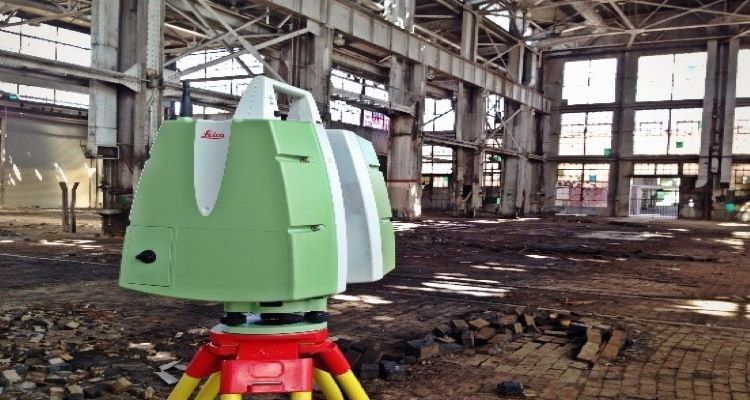Technical Area | Articles
The place to solve all your BIM doubts
Applications of 3D Laser Scanning in BIM
3D / VDC Facility Management Strategies

- Inspection before installation: 3D dimensional inspection of components before final assembly.
- Scan-to-BIM: Create as-built 3D BIM models for existing or new buildings.
- Existing environment: Precise geometrical recording of existing properties as the base for either alterations or extensions.
- Planning & Space optimization: By creation of virtual 3D model.
2. Construction:
- Structural analysis: Analysis of the supporting structure and detection of deterioration.
- Construction progress monitoring: Seamless capture and monitoring of construction progress tracking progress and documentation.
- Deformations control: Documentation of deformation processes and estimating for repairs.
- Coordination: Enhances project collaboration.

3. Heritage Preservation:
- Reconstruction: Detailed 3D data for reconstruction of lost appearances, unusual surface of historical sites or archeological elements.
- Restoration: Creation of 3D models for purely restoring purposes preserving the legacy.
- Conservation: Accurate 3D CAD documentation for conservation and protection of historical/archeological materials and records.
4. Reverse Engineering:
- Reverse engineering: Copies of products and components can be created for which there are no construction plans/CAD data available
- Interior fixtures and fittings: Precise 3D CAD documentation of complex and inaccessible interiors.
5. Civil Engineering, Survey and MEPF:
- Scanning of distant objects: Due to the long range of the laser scanners all kinds of difficult to access objects can be easily scanned and analyzed.
- Project supervision: During excavations, bridges, roads, railways, metros, reservoirs, pipelines to be built, helps in close monitoring of the individual project phases.
- Volume calculation: Laser scanning allows for fast, accurate and reliable dimensional calculations.
- Quality control: Precise laser scanning ensures that the final as-built condition to fit design intent.
- Clash Detection: Aids in creating a clash simulation analysis for Architectural, Structure & MEPF services at early stages to avoid rework or wastage. Also, new equipment can be compared with point-could generated as-built models to discover areas of potential conflicts.
- Technical modifications: Changes to equipment, such as pipes, air ducts and electrical supply lines, can be checked in advance in the virtual model helping for re planning in advance.
6. Facility Management:
- Documentation: Precise records of inventory data and assets helps the Facility Managers.
- Planning of structural alterations: The Facility Managers can run through the usage options for rooms even before designing actually begins with the help of video fly-through or walkthroughs as the scan data provides an accurate 3D model of the actual status of the building.
Top 6 Benefits of 3D Laser Scanning:
1. Quick and qualitative collection of Data: It is the quickest method as laser scanners can collect millions of data points in seconds, reducing the delay and human resources needed to carry out surveys.
2. Maximizes efficiency: It reduces a large degree of human error by eliminating human involvement in scanning and thus, maximizes efficiency.
3. Reduces Health and Safety Hazards along with surveying inaccessible areas: Surveyors can stay safe by using laser scanners to collect information from dangerous or hard-to-reach locations without putting themselves at risk. Laser scanners also aid in collecting point cloud data from inaccessible areas which were once off-limits.
4. Detailed 3D Models Can Be Created from Scan Data: The biggest advantage of laser scanning is that the scanned data can create 3D BIM models on which further analysis, simulation, walk-throughs etc. could be done.
5. Accelerates decision making: It facilitates faster decision-making and project alterations there is improved transparency, collaboration and effective communication amongst stakeholders and team members.
6. Reduces unnecessary costs and rework: Reduction in rework can reduce the construction cost, as well as help in maintaining timeline of the projects. By knowing which materials are needed and determining their actual costs could help in significant savings.
Thus, the 3D laser Scanning eliminates the risk of glitches upon project completion, as the representations that clients agree to is virtually identical to what is delivered.
-BIM will make it easy!!












